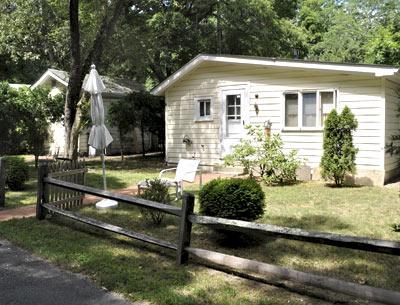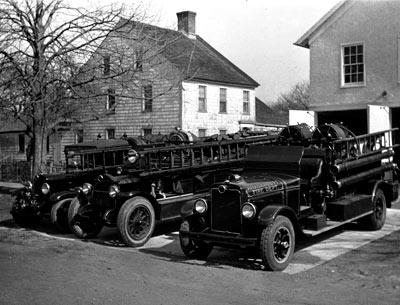Frosty Reception for Candy Bar’s Ice Cream Dreams
Frosty Reception for Candy Bar’s Ice Cream Dreams

Questions related to ice cream and coffee dominated last week’s meeting of the East Hampton Village Zoning Board of Appeals.
Dylan’s Candy Bar is seeking a special permit to allow the sale of ice cream in cones and paper cups, which the village prohibited in 2008 as part of an amendment banning fast-food establishments. The shop, which has been here since 2006, argues that it should be grandfathered under the law. A building inspector determined that Dylan’s is instead a retail food store, and as such ineligible for the required permit.
Speaking on behalf of the shop, which is at 52 Main Street, Andrew Goldstein, an attorney and former chairman of the zoning board, argued that “any food can be fast food if it’s sold in a certain way . . . I would submit to you that we are certainly a fast-food restaurant in the way it does business.”
But Frank Newbold, the board’s chairman, challenged Mr. Goldstein’s contention that cutting fudge and putting candy in a bag defines Dylan’s as a fast-food operation and not a retail store. He expressed concern about setting a precedent should Dylan’s vacate its space, “and the village then has a store that has been approved for fast food and a pizzeria decides to show up.”
Linda Riley, the village attorney, read aloud the pertinent amendment. A fast-food restaurant, it says in part, “prepares individual portions of food onsite and serves food or beverages over the counter in a ready-to-consume state including but not limited to products such as ice cream cones. . . .”
Ice cream was specifically included, Ms. Riley said after the meeting, “because there had been proposals for hand-scooped ice cream stores and that was something that, when this law was adopted, the village didn’t want.”
The village, Mr. Newbold said later, requires Scoop du Jour, a Newtown Lane store that pre-dates the 2008 amendment, to power-wash the sidewalk in front three times a week; it also made the store install a solar-powered trash compactor. “Having ice cream service creates more trash,” he said, “an issue to be concerned with.”
Mr. Goldstein said Dylan’s was also an existing nonconforming use, making it eligible to apply for a special permit. “If the building inspector wants to call Dylan’s a retail food store, he can do whatever he wants. But they define it in a way which makes it selling fast food.”
Mr. Newbold suggested that the hearing be left open to allow the board and the building inspector time to study the issue. It will resume on July 25.
The meeting began with an announcement that Howard Schultz, chief executive officer of the Starbucks chain, who has a house on Gracie Lane, had sought yet another adjournment, the fifth, of his hearing seeking the continued existence of a garage and caretaker’s cottage that is almost twice its original size and in violation of code. The board originally received the application in December; Mr. Schultz requested that it be adjourned to Sept. 12.
Mr. Newbold asked that the board vote to approve another adjournment, but only until the July 25 meeting. Before his colleagues could answer, Mr. Goldstein spoke up. Leonard Ackerman, an attorney representing Mr. Schultz, had family issues that precluded his attendance, he said.
“There have been four adjournments, including the last time Mr. Ackerman requested for health reasons,” Mr. Newbold answered. “But the notion that the violation continues and is going to continue after the summer. . . . and though it has been in front of us a number of times, there have been no new arguments.”
“This will be the first time I’ve ever seen a zoning board do this,” Mr. Goldstein said. “I think it’s discourteous to a lawyer that has practiced before this board for 40 years.”
Mr. Newbold said the hearing would be put on the July 25 agenda, but that Mr. Ackerman’s office could contact the board to explain the need for the additional two-month delay.






